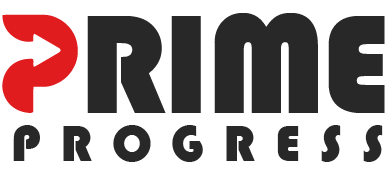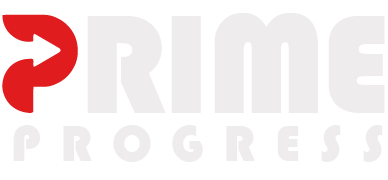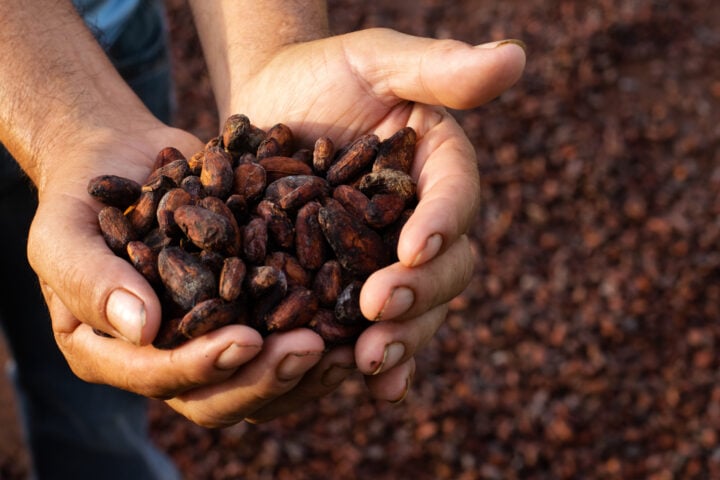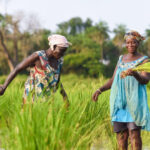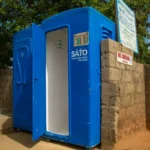The European Union’s Deforestation Regulation now requires cocoa and other covered commodities to be proven deforestation-free and legally produced, with full traceability back to the farm. This rule came fully into force for affected supply chains in 2025 and tightens access to Europe’s chocolate market.
Buyers now accept only traceable, deforestation-free beans. The regulation therefore reframes sustainability as a market precondition rather than a niche premium.
Ondo State has responded by moving quickly to align its cocoa sector with these global standards. The state government has launched a reforestation drive, set up nurseries to raise seedlings for a target of 10 million trees, and introduced a mapping and agro-forestry levy of ₦250,000 per hectare to fund polygon mapping (₦150,000) and agro-forestry management (₦100,000).
Farmers are expected to register and map their plots, co-plant trees alongside cocoa and accept monitoring to verify survival rates. The policy’s twin aims are to shield farms from the EU’s deforestation cut-off and to professionalise farm records so beans can be traced from plot to port.
Recently, Nigeria’s cocoa sector has shown signs of recovery and renewed export interest: trade data point to roughly 244,232 tonnes of cocoa exports in 2023, and other recent reporting highlights a strong uptick in export revenues into 2024 by 606%. In 5 years, it has experienced a 300% surge in export as of 2025.
Ensuring that Ondo’s output remains admissible to the EU therefore has real commercial stakes, as losing access would affect farmers, processors, transporters and the wider state’s economy.
To ensure compliance, the polygon mapping, a GPS-based farm mapping and digital IDs allow supply-chain actors to demonstrate that a parcel was not deforested after the EUDR’s cut-off date and that it sits outside protected areas.
Agroforestry and tree planting help farms meet sustainability standards by reducing deforestation risks and improving soil health, which lowers their environmental and regulatory risk profile.
At the same time, accurate records and digital mapping let auditors and buyers trace cocoa back to its source, ensuring transparency and compliance with global “deforestation-free” trade rules.,
Ondo’s approach has potential upsides beyond market access. Mapping brings clarity to tenure and farm boundaries, lowering the incidence of disputes and improving planning for extension services. Tree-planting can also restore degraded landscapes, improve shade regimes that enhance cocoa yields, and sequester carbon.
The levy, if genuinely used for mapping and sustained agroforestry support, could be an investment in asset registration that unlocks premium buyers and finance tied to verified sustainability.
As good as this appears, it comes with its risks. The per-hectare levy is sizable for smallholders; without subsidies or phased financing, it could exclude poorer farmers or push more sales into informal channels.
Experience elsewhere in West Africa shows that partial traceability systems and price distortions can encourage smuggling or diversion of unverified beans to informal buyers, outcomes that would undermine the policy’s goals and hurt the very producers it intends to help.
The situation is most prominent in the cocoa sector, with countries like Cote d’Ivoire and Ghana seeing significant volumes diverted to neighbouring countries.
Côte d’Ivoire and Ghana, together, supply about 60% of the world’s cocoa. Farmers often move beans across borders to benefit from higher prices or fewer export restrictions in neighbouring countries such as Togo, Burkina Faso or Nigeria.
This diversion, estimated by the International Cocoa Organization to cost both Ghana and Côte d’Ivoire hundreds of millions of dollars annually, also undermines traceability efforts and tax revenues.
To tackle this, both countries have stepped up farm mapping, digital traceability systems, and licensing checks to align with EU deforestation-free regulations taking effect in 2025. Ghana’s Cocoa Management System (CMS), for instance, registers farmers and geo-tags farms, while Cote d’Ivoire’s Cocoa Traceability System (CTS) links beans to specific cooperatives and transport routes.
These systems are designed to close loopholes that allow smuggled cocoa to enter formal supply chains, to ensure that exports meet sustainability and transparency standards demanded by international buyers.
Ogun state’s implementation will therefore hinge on three practical factors. First, cost-sharing or subsidy mechanisms that cover mapping for smallholders will be essential to avoid exclusion. Additionally, robust farmer outreach and technical assistance will determine whether seedlings survive and polyculture systems increase productivity.
Also, interoperable digital systems and transparent governance are required so that mapped parcels are recognised by buyers, processors and regulators across borders.
Ondo’s emphasis on nursery provision and mandatory tree planting is sound in principle, but its efficacy will depend on matching those measures with accessible finance and credible market linkages.
Summary not available at this time.
